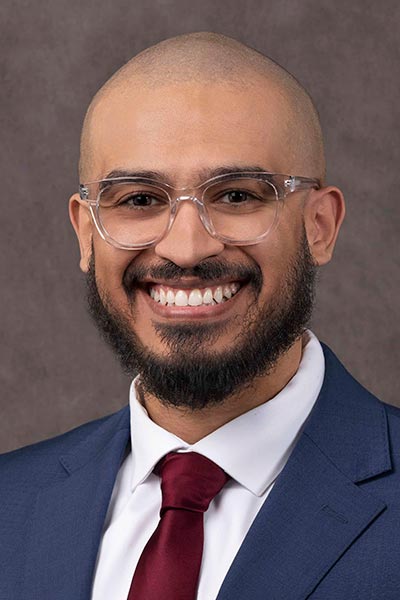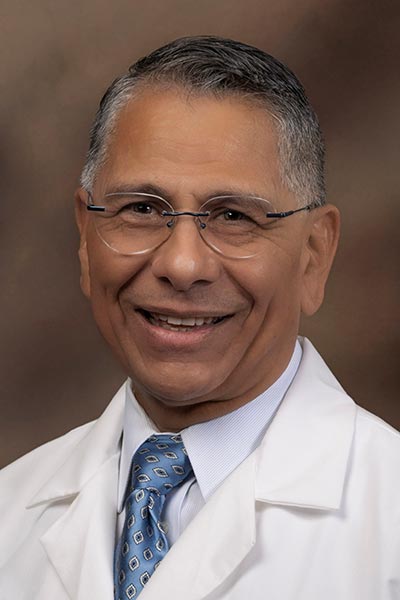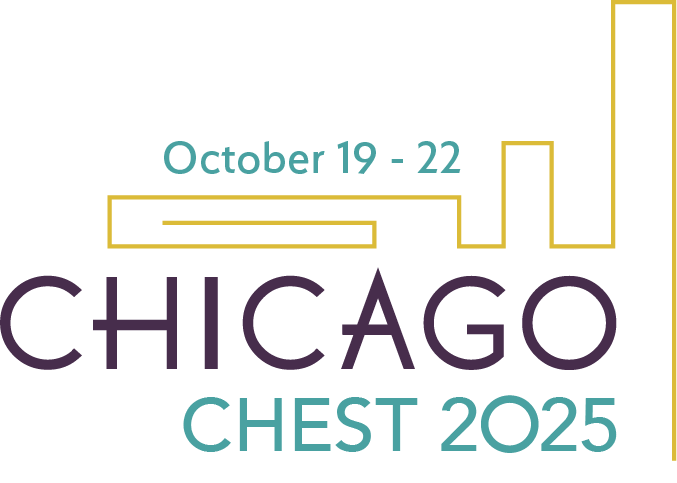
The respiratory therapy profession is undergoing significant change and facing challenges.1
In the United States, more than 400 programs are accredited by the Commission on Accreditation for Respiratory Care (CoARC). According to 2024 CoARC outcome data, California has the highest number of programs (36), followed by Texas (35), Florida (25), Ohio (22), and Pennsylvania (20).2 Regarding degree types, Pennsylvania has the highest number of bachelor’s programs (8), followed by Ohio (5), and Georgia, Missouri, New York, Texas, and Utah (4 each). Notably, California—with the highest number of programs—offers only one entry-level bachelor’s degree program.
Based on data from this report, the 10 states with the largest enrollment gains averaged an increase of 21 students each from 2021 to 2023—FL, CA, VA, NC, ME, LA, CO, NE, IL, and SC. In contrast, OH, AZ, MD, PA, NY, TX, MA, IN, OR, and AR experienced an average decline of 30 students each. Overall, nationwide enrollment declined by an average of 4.6 students per state. Interestingly, when looking at the data by institution type, private programs gained approximately 50 students, whereas public programs saw a decrease of 283. Although public institutions account for approximately 68% of total enrollment, they are losing students to private institutions.

These data highlight nationwide challenges for the profession, particularly regarding student enrollment. At the same time, the 10-year job outlook projects a 12% increase—faster than average—reaching an estimated 156,400 employed respiratory therapists (RTs) by 2034.3,4 In addition, there are some good signs, such as the increase in the degree advancement (DA) programs, as highlighted by Respiratory Care Interest Group Chair Kevin M. O’Neil, MD, MHA, FCCP, in his article earlier this year.4
Another and encouraging sign is the growing interest in the advanced practice respiratory therapist (APRT) profession across states, which is a positive signal of potential professional growth and expansion. The APRT can be considered the third pillar of the advanced practice provider (APP) model—alongside physician assistants and nurse practitioners—focused on managing patients with cardiopulmonary disease. Although only one accredited APRT program currently exists (at The Ohio State University), other states are working toward this goal by conducting needs assessments.5–8
In a recent article, Alismail and colleagues reported on a needs assessment study conducted in California.9 California has the highest number of RT programs and approximately 20,000 licensed RTs. In their study, more than 1,000 RTs were surveyed, with over 90% expressing strong support for establishing APRT programs in the state. Respondents identified key barriers, including acceptance among APPs and physicians, legislation, reimbursement, and scope of practice. Notably, respondents with higher degrees (bachelor’s and above) were more supportive of APRT establishment.
Although the RT profession is navigating challenging changes, the future positive job outlook, the increasing number of DA programs, and growing acceptance of APRTs across states represent a promising path forward.
References
1. With great clinical practice guidelines comes great (or at least better) resource allocation. Respir Care. 2023;68(5):706-707. doi:10.4187/respcare.11002
2. Commission on Accreditation for Respiratory Care (CoARC). Programmatic Outcomes Data. CoARC. Accessed September 10, 2025. https://coarc.com/students/programmatic-outcomes-data/
3. Bureau of Labor Statistics. Respiratory Therapists. US Department of Labor. Updated April 19, 2024. Accessed September 10, 2025. https://www.bls.gov/ooh/healthcare/respiratory-therapists.htm
4. O’Neil K. Respiratory care: A glass half full? CHEST Physician. 2025. Accessed Sept. 9, 20025. https://www.chestphysician.org/respiratory-care-a-glass-half-full/
5. O’Neil K. Reintroducing the advanced practice respiratory therapist. Chest. 2025;167(3):642-644. doi:10.1016/j.chest.2024.12.215
6. Shaw R, Vines D, Benavente J, Keene S. The foundation supporting future assessments of education program outcomes among providers of advanced practice respiratory therapy. Chest. 2025;167(1):202-210. doi:10.1016/j.chest.2024.09.026
7. Varekojis SM, Schweller J, Sergakis G. Introducing the advanced practice respiratory therapist. Chest. 2021;160(2):e157-159. doi:10.1016/j.chest.2021.03.053
8. Varekojis SM, Schweller J, Sergakis G. Creation of an advanced practice respiratory therapy education program. Chest. 2025;167(3):818-824. doi:10.1016/j.chest.2024.10.024
9. Alismail A, Xu Y, Craddock K, Lopez D, Terry M, Tan L. Advanced practice respiratory therapy in the state of California: a cross-sectional needs assessment study. J Multidiscip Healthc. 2025;18:3673-3684. doi:10.2147/JMDH.S461570
